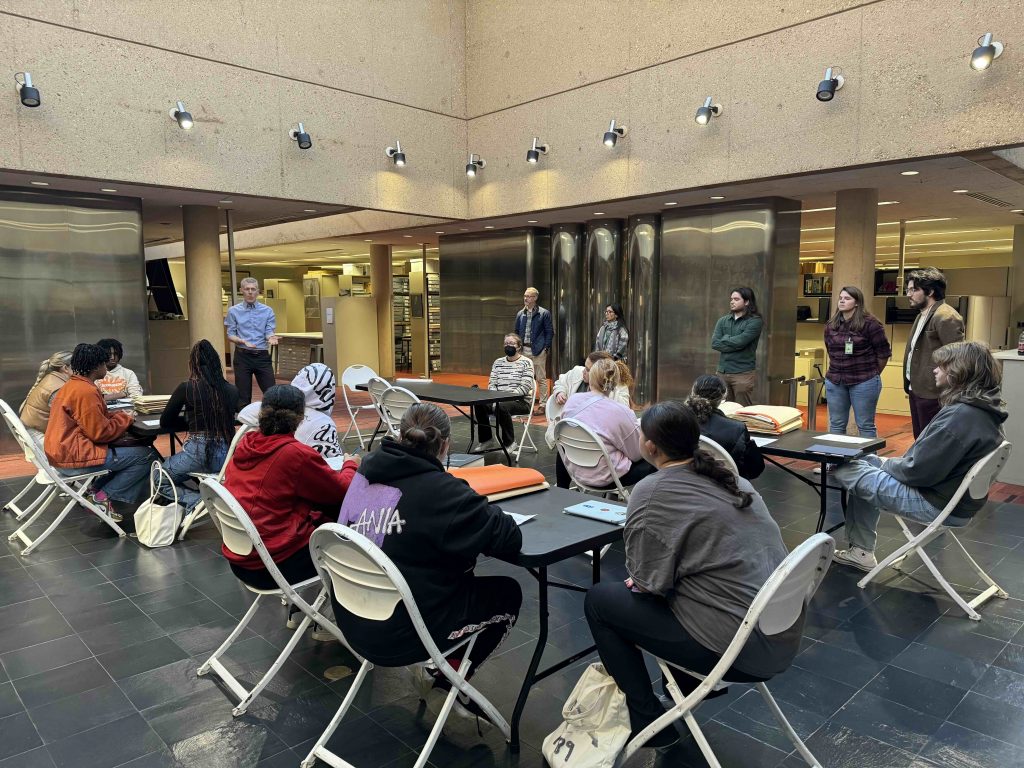Troy Shaffer
Dr. Hildebrandt
CODES122
16 April 2024
Mixed Methods Lab
Our final lab for our research team was broken into two parts, we made a survey about Indigenous Knowledge in Missouri Botanical Gardens (MOBOT), as well as did a focus group with several members of the staff also about Indigenous Knowledge in MOBOT. Unfortunately, with our surveys, we did not get the number of responses we aimed for, with only 7, but 7 is better than none. I would say that the focus group was definitely a better experience overall and helped us get better responses to our questions, due to the fact that we were face to face. When you are face to face, you aren’t given much time to think about the perfect answer, like with an online survey, so with the focus group interviews, I feel like we got more raw honest answers
Our focus group interviews were supposed to fill in the gaps from the questions in our surveys, however our surveys did not do well. So, we had to reword some questions to help us get more information that was lacking from our survey responses. The picture below is a word cloud from one of our interviews. One obvious pattern was seen with our focus group interviews, and it was with our last question, “What knowledge should be honored or protected within the information gathered?”. Almost all of the staff responded said something along the lines of that everything is voluntary, and all information is accurate. We got good responses from everyone we interviewed, but at some points it sort of felt like they were media trained with their answers.

Our surveys were a struggle. It took forever for us to get responses, only to end up with seven total. But our survey was directed towards staff members at MOBOT, and asking them about Indigenous Knowledge and its place at MOBOT. One of our questions was “How have you seen the garden portraying Indigenous Knowledge?”. One response we got was quite interesting, “We could be doing more, I actually have a hard time thinking of examples when the Garden has handled this topic well. I can actually think of more examples of times the gardens missed opportunities to present local knowledge very well through social media and local TV/radio spots (Kwanzaa, Indigenous Peoples Day, and Japanese Festival)”. This just shows that one of the biggest problems and issues is actually acknowledging the problem.

